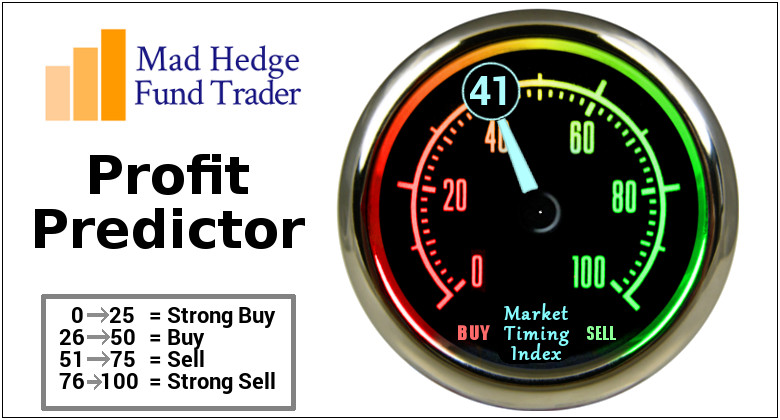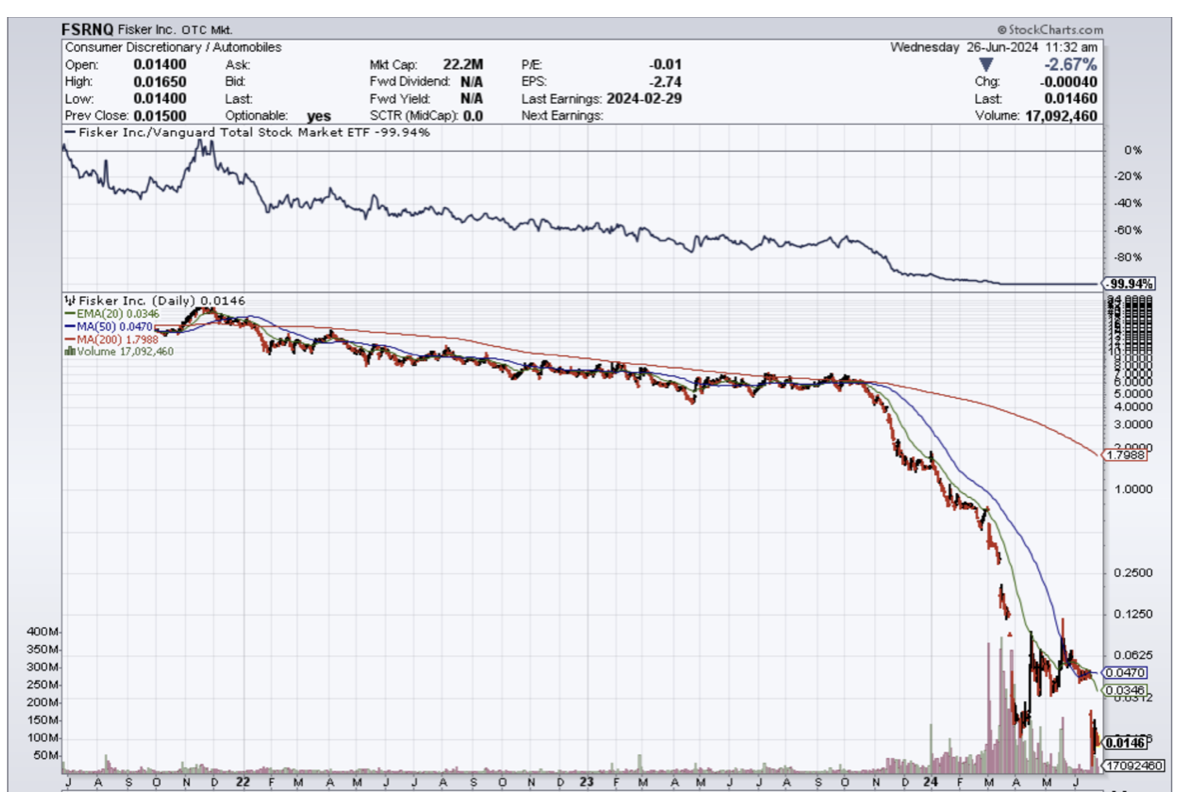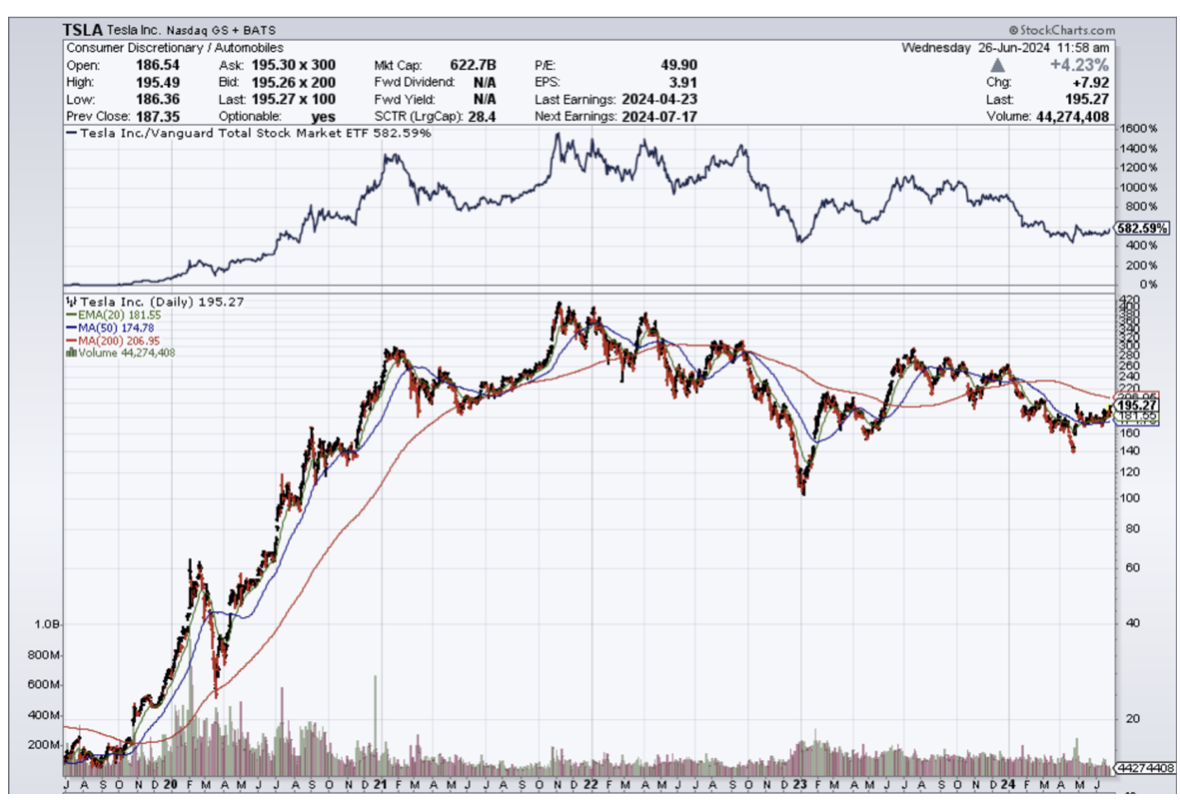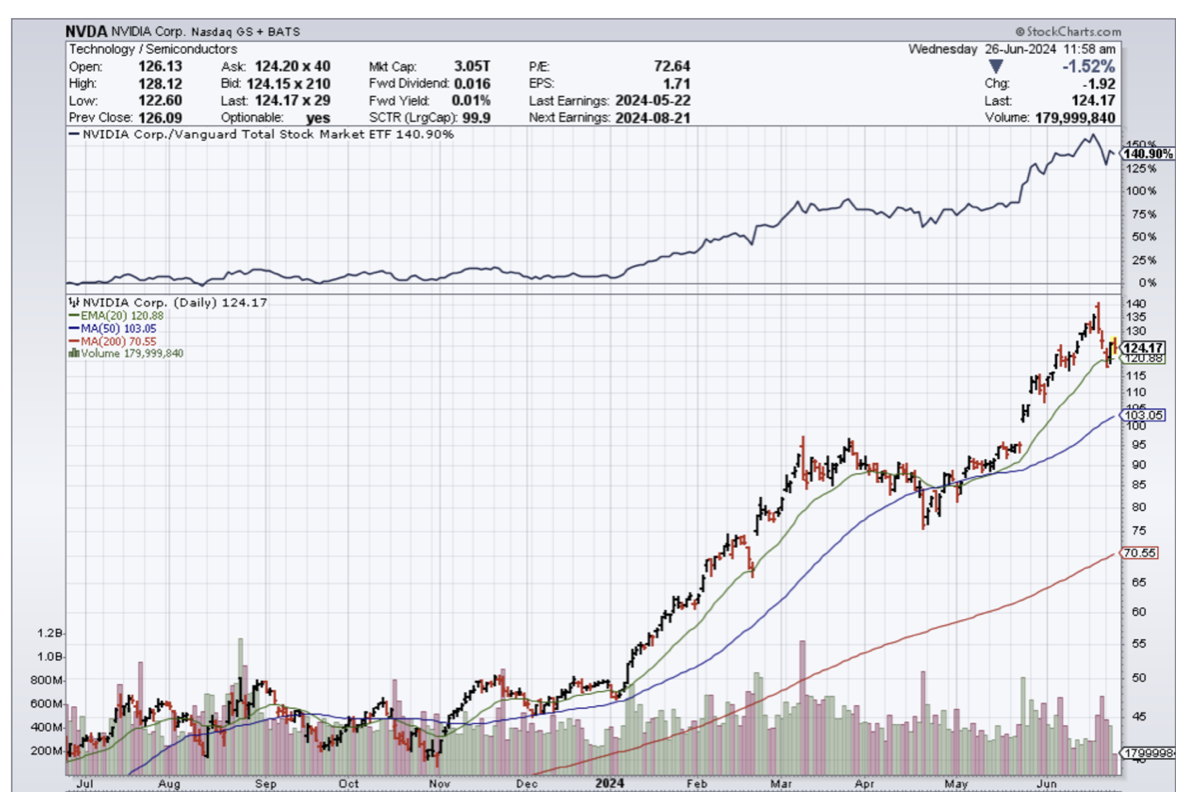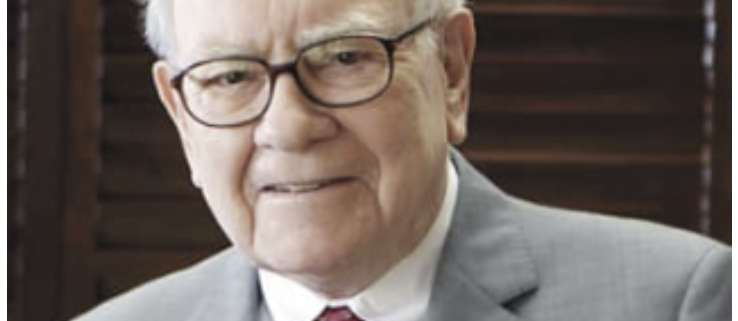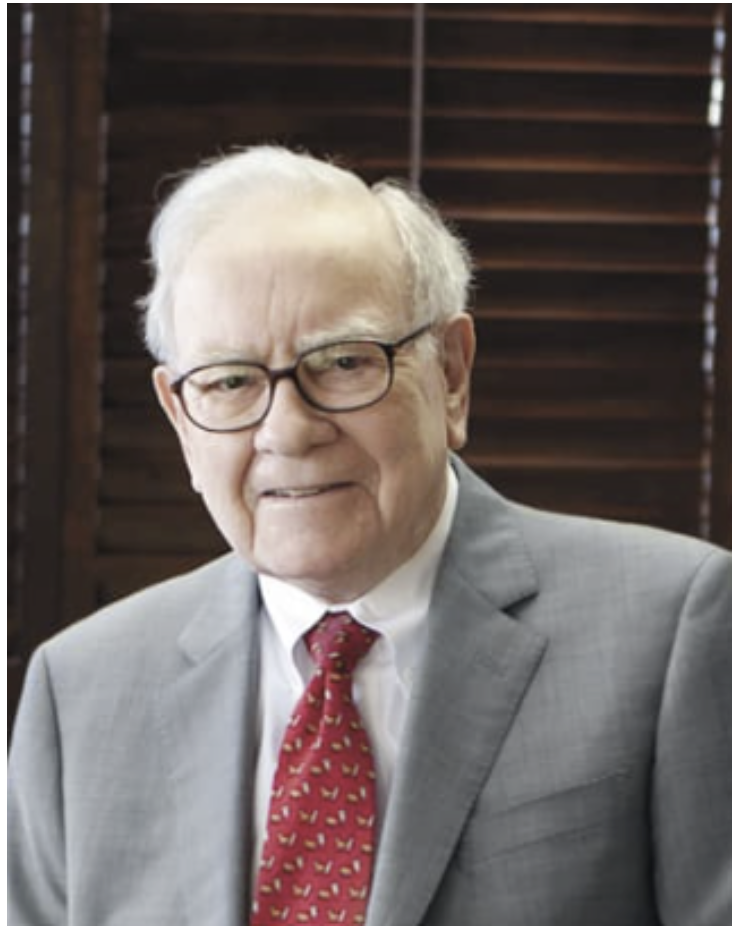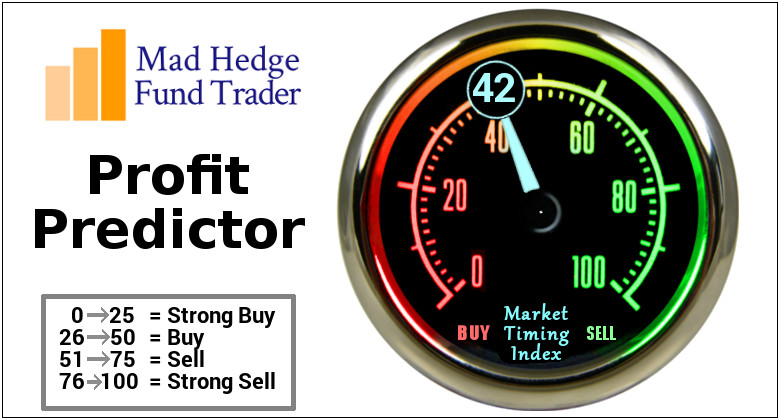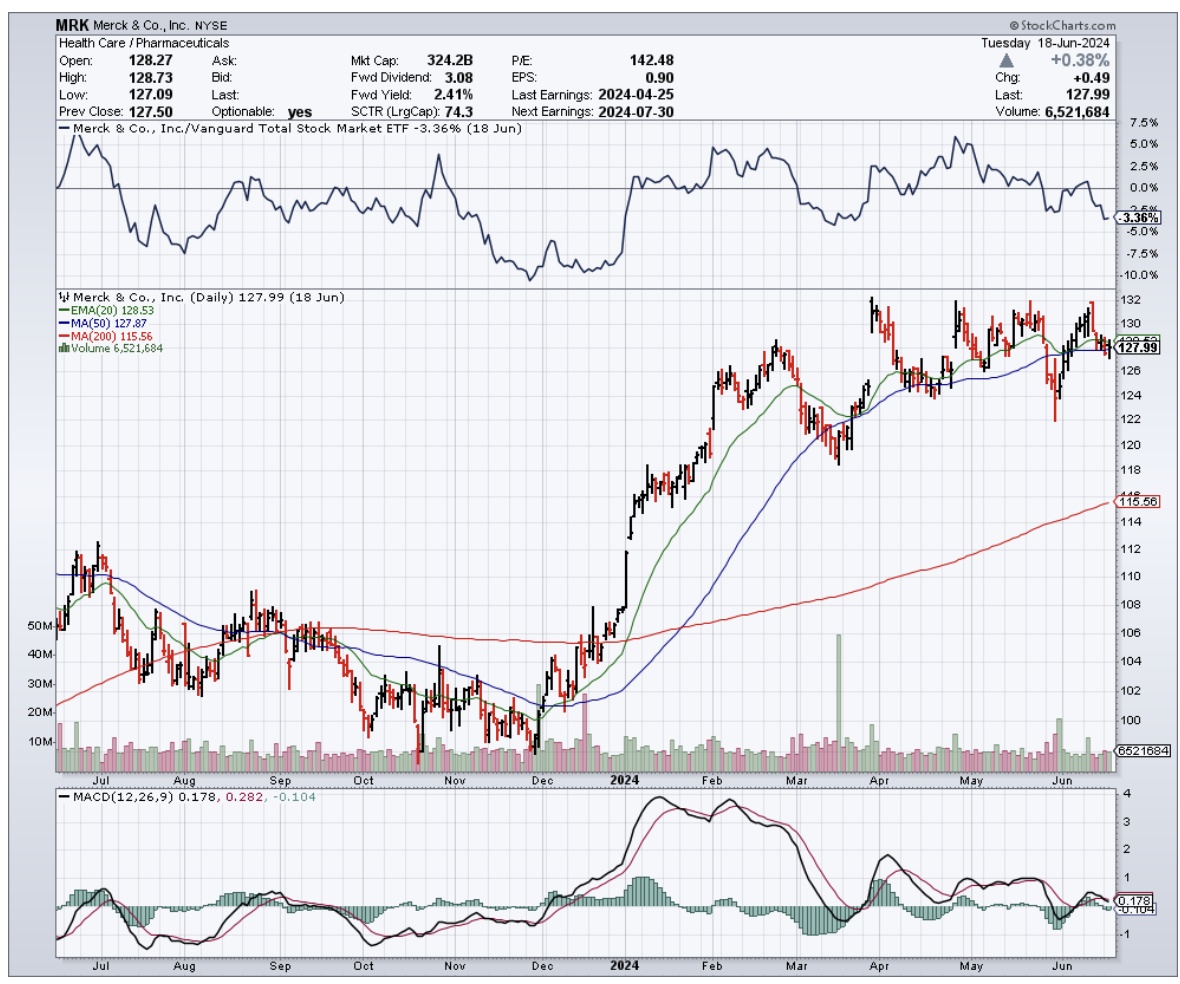(NVDA), (AMZN), (AAPL), (AVGO), (CRM)
Back in the late 1970s, I found myself a stone's throw from the buzzing epicenter of Asia's tech boom – Tokyo. The air crackled with the electric charge of innovation as Japan rose to dominate the world of semiconductors.
Traders and tycoons, adrenaline junkies all, made moves that would lay the digital world's foundation. It was a frenzy, reminiscent of the Gold Rush, and there I was, scribbling notes faster than a trader on his third espresso.
Fast forward to today, and while the tech has evolved, that adrenaline rush? It's the same, only now it's fueled by artificial intelligence (AI).
A few weeks ago, while most of us were distracted by Jerome Powell's eyebrow twitches or dissecting the latest earnings reports, something far more intriguing slipped under the radar. On May 15, the big boys of Wall Street - those with at least $100 million to play with - filed their Form 13Fs.
Now, for those of you who haven't spent decades in the trenches of high finance, these forms are like a treasure map of what the smartest money in the game is doing.
And let me tell you, the latest 13Fs read like a who's who of the AI gold rush. It's enough to make the Klondike prospectors look like amateurs.
Of course, it’s reasonable for anyone to think that Nvidia (NVDA), the darling of the AI world, would be the belle of this ball. After all, their stock has shot up faster than a MiG-25 - and believe me, I know how fast those things can climb.
We're talking about an 802% increase since the start of 2023. That's $2.9 trillion in market value, more than the GDP of most countries I've reported from.
But here's where it gets interesting. Some of the sharpest knives in the drawer - I'm talking about Philippe Laffont of Coatue Management, who has a net worth of around $6 billion, and Ken Griffin of Citadel Advisors, with an estimated net worth of $35 billion - have been dumping Nvidia shares like they're going out of style.
In fact, Laffont offloaded nearly 3 million shares, while Griffin shed about 2.5 million. Why, you ask? Well, let me pour you a glass of metaphorical vintage wine and explain.
First off, history isn't exactly on Nvidia's side. In my time, I've seen more “next big things” come and go than I've had hot dinners. Remember the dot-com bubble? The 3D printing craze?
Every single game-changing innovation in the last 30 years has had its bubble burst. AI might be different, but I wouldn't bet my antique aircraft collection on it.
Secondly, Nvidia's success has painted a target on its back. Everyone and their dog is trying to muscle in on the AI chip market. It's like watching a feeding frenzy in the financial waters, and Nvidia might just find itself outswum.
But here's where it gets really intriguing.
While these billionaires were selling Nvidia, they were also busy buying up other AI plays. It's like watching a high-stakes game of financial Jenga, and believe me, I've seen a few of those in my time.
Laffont, for instance, was gobbling up shares of Broadcom (AVGO) and Salesforce (CRM) faster than a Deng Xiaoping economic reform.
Broadcom's Jericho 3 chip is the talk of the AI town, capable of connecting 32,000 GPUs. That's more connections than I made during my entire time as a foreign correspondent, and let me tell you, I knew everyone from Ferdinand Marcos to Margaret Thatcher.
Salesforce, on the other hand, is using AI to supercharge its CRM software. It's like giving steroids to an already dominant athlete - and with 21.7% of the global cloud-based CRM market, Salesforce is certainly flexing its muscles.
Meanwhile, Griffin, whose hedge fund has made more money than some countries I've reported from, is betting big on Amazon (AMZN) and Apple (AAPL).
Besides, Amazon's not just selling books anymore. They're now knee-deep in AI, from their own chips to their AWS services.
And Apple? Well, they've just unveiled "Apple Intelligence." It's like Siri multiplied by a hundred, and it's coming to an iPhone near you.
Now, I'm not saying you should follow these billionaires blindly.
After all, I've climbed to 20,000 feet on Everest, and let me tell you, the view isn't always clear up there. But keeping an eye on what the big money is doing? That's just good business.


